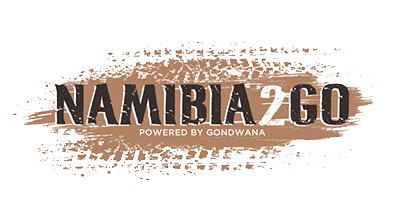Journeys are always full of interesting discoveries. On my journey to south-western Angola several years ago, I visited a place called Caraculo. As its name suggests, it was once a hub for karakul farming when the black pelts from karakul lambs were highly in demand in the international fashion world. The semi-desert terrain around Caraculo was dotted with farms, home to more than 100 000 karakul sheep whose ancestors originated from Central Asia. The area also played a part in the bush war that led to Namibian independence. Today, Caraculo is a railway station on the line built by the Chinese that runs from the port at Namibe to the iron mines at Cassinga and is punctuated every hundred kilometres or so with modern railway stations.

As you drive from Lubango (formerly Sá da Bandeira), leaving the Angolan escarpment behind you, the breathtaking Leba Pass snakes down to the plains where the road continues towards Namibe, now once again known as Moçâmedes. Caraculo lies halfway along this route. The landscape changes dramatically in a similar way to the Namibian scenery when travelling westward from Windhoek or Karibib to the desert and the coast around Swakopmund.
An Angolan friend had told me about Caraculo, knowing my interest in history, and I made a point of making a stop on my way. I learned that in 1948 a research and farming centre for karakul farming had been established there. The ‘Posto Experimental do Caracul’ was a karakul experimental station to breed karakul for high grade pelts. Many of the karakul farmers in the surrounding area were Afrikaans-speakers, people who had made their way to Angola over the years and who persevered through the droughts and political turmoil. Before Angola gained its independence in 1975, there was fierce fighting in the area around Caraculo and the farmers were forced to flee southwards to Namibia (South West Africa at the time), losing everything they had worked for. In the 1975/1976 South African Defence Force (SADF) Operation Savannah, South African soldiers clashed with the People’s Movement for the Liberation of Angola (MPLA) near Caraculo. They captured Sá da Bandeira and Moçâmedes as they moved northwards to Luanda in this short-lived intervention that was halted by international pressure.

When I pulled up at the old Caraculo centre in 2017, those days were thankfully long past. And, as for the sheep, only about 500 karakul sheep remain in the area today. I was met by an Angolan man, who fortunately could speak both Portuguese and a smattering of English. He showed me around, pointing to the relics from the old centre. Although the windmills are no longer in existence, the neat-looking rondawels where the workers stayed have been renovated and there is a small museum with faded photos of karakul farming. The worldwide karakul market lost its impetus in the 80s when drought, the change in fashion trends and raised environmental awareness influenced the market.

I brought myself back to the present time, the warm day and the vast blue sky, and considered the distance I still had to travel to reach my overnight destination. The stop at the old karakul centre had been a step back in time. As I left, I tried to imagine the area when karakul farming was in its heyday and many people’s lives revolved around karakul pelts, which were regarded as ‘black diamonds’. So much so, that a settlement was named after them - Caraculo.
(If anyone has information about karakul farming in Angola, please share it with us, we’d love to hear from you)


.png)
.jpg)
.jpg)




.png)

SUBMIT YOUR COMMENT